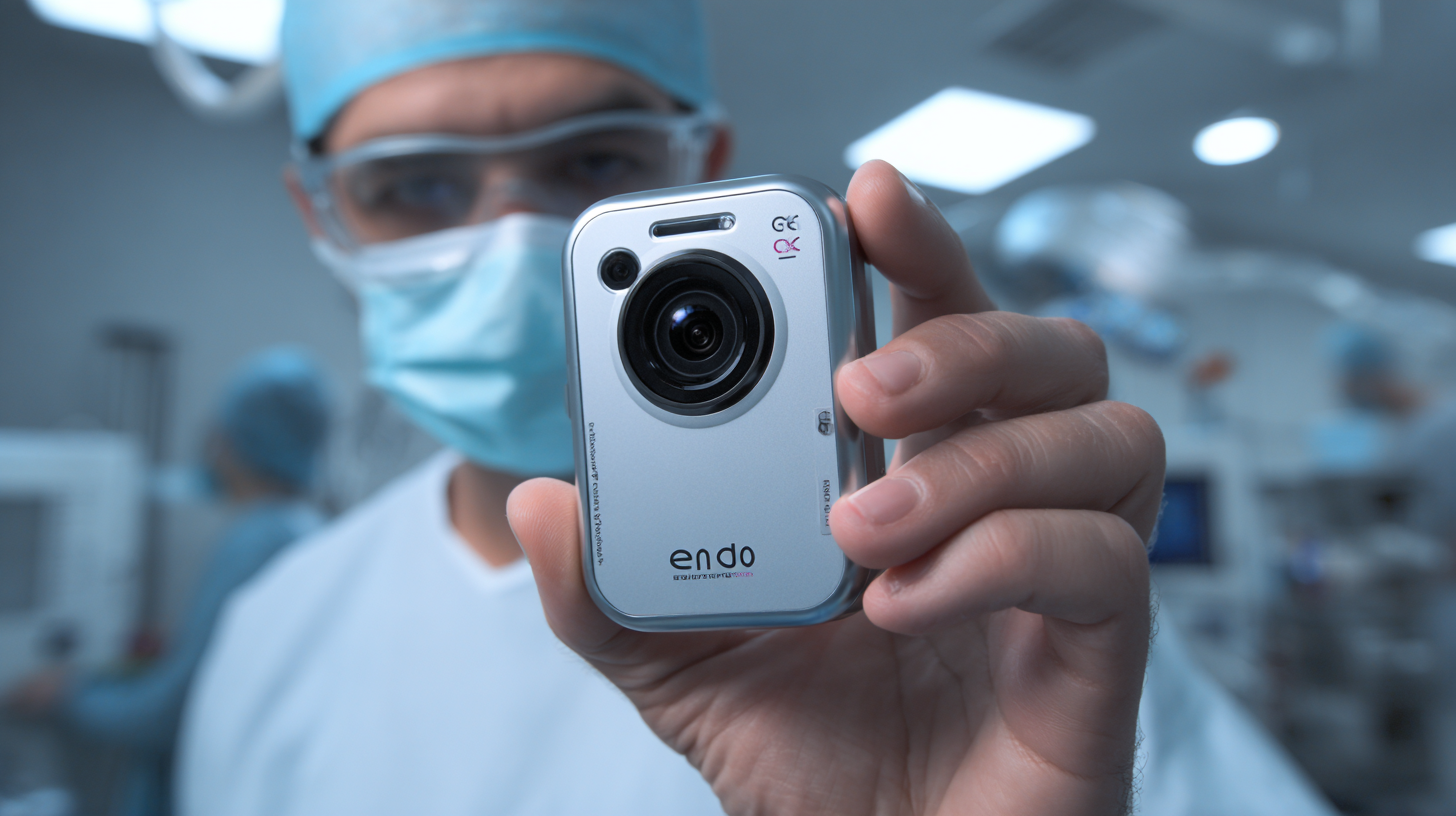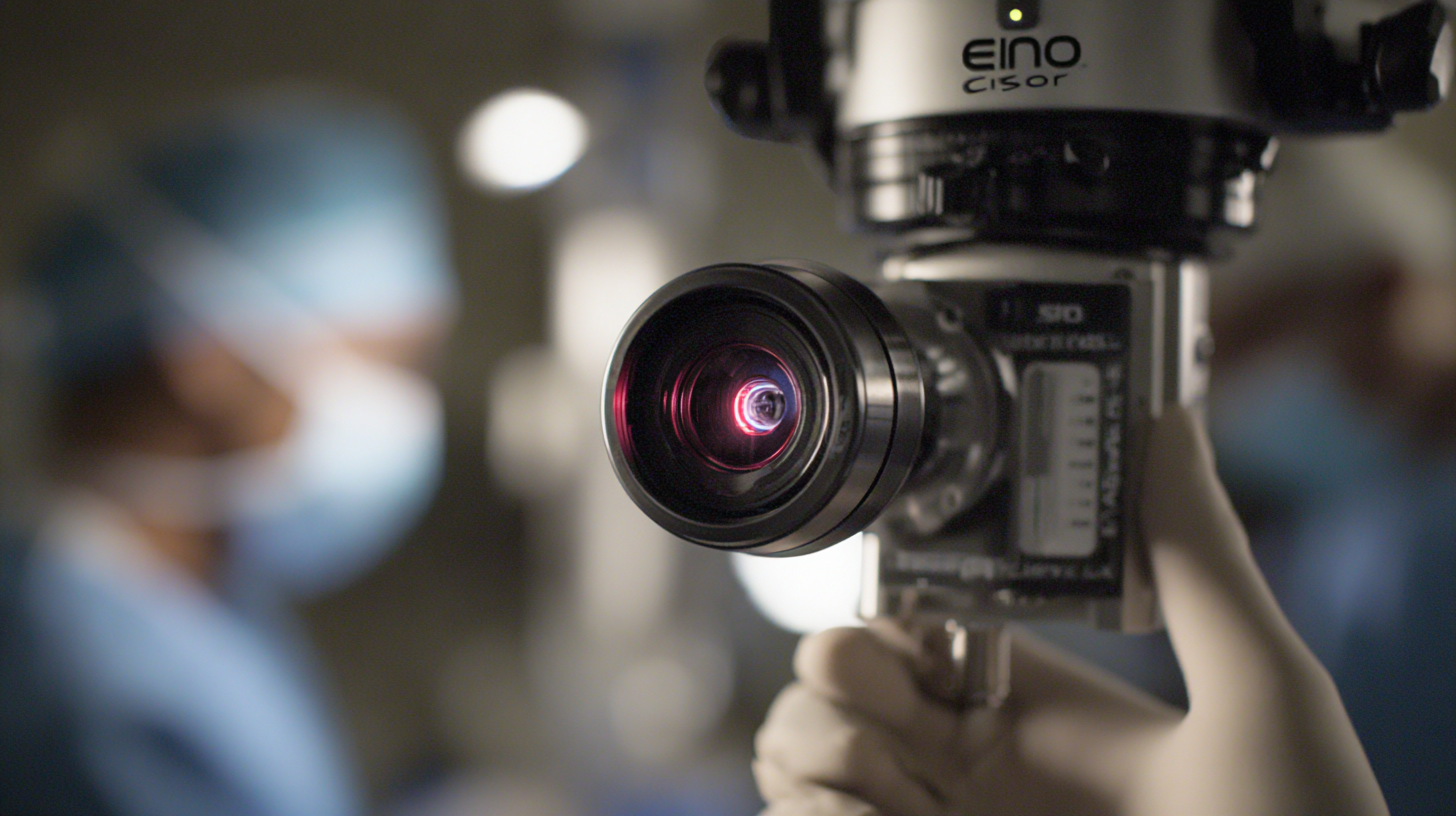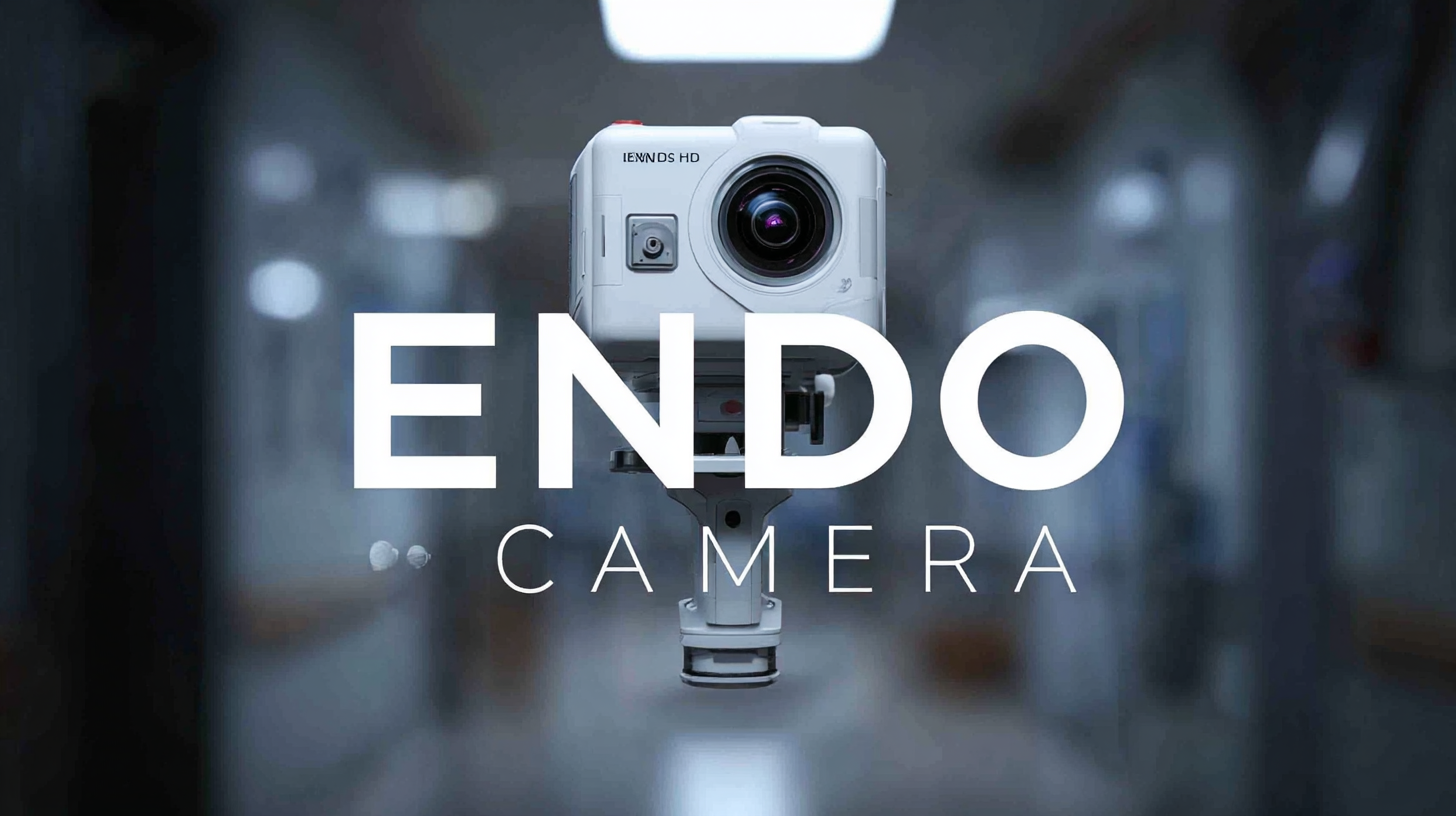Mastering the Use of Best Endo Camera for Enhanced Diagnostic Accuracy in Modern Medical Practices
In the rapidly evolving landscape of modern medical practices, the implementation of advanced technologies such as the Endo Camera has become pivotal for enhancing diagnostic accuracy. According to a report by MarketsandMarkets, the endoscopy market is projected to reach USD 41.1 billion by 2025, with a significant emphasis on the development of high-resolution imaging systems. The use of Endo Cameras not only improves visualization of internal structures but also aids in early detection and diagnosis of various conditions, thus transforming patient outcomes. As healthcare professionals seek to leverage these technological advancements, mastering the utilization of Endo Cameras is essential for delivering precise diagnoses and improving clinical decision-making processes. This ultimate guide will explore the best practices for integrating Endo Cameras into modern medical settings, ensuring that practitioners stay at the forefront of diagnostic excellence.

The Evolution of Endoscopic Technology: A Historical Perspective and Current Trends in Diagnostics
The evolution of endoscopic technology has dramatically transformed the landscape of medical diagnostics. From its inception in the early 20th century, when rudimentary tools were utilized for internal examination, to the sophisticated, high-definition cameras of today, endoscopy has continuously advanced to provide clearer and more detailed visual insights into the human body. Current trends reflect a growing inclination towards minimally invasive procedures, which not only enhance patient comfort but also improve diagnostic accuracy, allowing for timely interventions.
**Tip:** When selecting an endoscopic camera, consider factors such as image resolution, light sensitivity, and compatibility with existing systems. A high-resolution camera can dramatically improve the visualization of anatomical structures, leading to more accurate diagnoses.
Today’s innovative endoscopic technologies also emphasize digital integration, enabling real-time data sharing and analysis. These advancements facilitate collaboration among medical professionals and enhance the educational aspect of endoscopy by allowing complex cases to be shared and reviewed collectively.
**Tip:** Regular training and staying updated with the latest technology can significantly impact diagnostic proficiency. Participate in workshops and online forums to learn about emerging endoscopic tools and best practices.
Key Features of Advanced Endo Cameras: Enhancing Visualization and Accuracy in Medical Diagnoses
The rapid advancement of endoscopic technology has significantly transformed diagnostic practices in modern medicine. Advanced endo cameras are equipped with high-definition imaging capabilities that enhance visualization, allowing healthcare professionals to detect abnormalities with greater precision. These cameras not only provide crystal-clear images but also offer various viewing angles, enabling clinicians to observe intricate details that might have otherwise gone unnoticed during traditional examinations.
One of the key features of these cutting-edge endo cameras is their ability to integrate with digital imaging systems. This integration streamlines the diagnostic process by allowing for immediate analysis and comparison of images over time. Furthermore, many advanced models come equipped with features like fluorescence imaging and enhanced optical zoom, which further aid in differentiating between healthy and pathological tissues. Such sophisticated technology not only improves diagnostic accuracy but also contributes to more targeted treatment plans, ultimately leading to better patient outcomes.
Impact of High-Definition Imaging on Diagnostic Outcomes: Statistical Evidence from Recent Studies
 High-definition imaging has revolutionized diagnostic accuracy in modern medical practices, providing unprecedented clarity in visualizing anatomical structures and pathological changes. Recent studies have shown a significant improvement in diagnostic outcomes across various fields, as clinicians are now equipped with enhanced imaging technologies that enable more precise interpretations of medical conditions. This advancement is crucial in areas like identifying ventilator-associated pneumonia (VAP), where early and accurate detection can drastically affect patient management and treatment strategies.
High-definition imaging has revolutionized diagnostic accuracy in modern medical practices, providing unprecedented clarity in visualizing anatomical structures and pathological changes. Recent studies have shown a significant improvement in diagnostic outcomes across various fields, as clinicians are now equipped with enhanced imaging technologies that enable more precise interpretations of medical conditions. This advancement is crucial in areas like identifying ventilator-associated pneumonia (VAP), where early and accurate detection can drastically affect patient management and treatment strategies.
The integration of artificial intelligence (AI) in conjunction with high-definition imaging systems is further optimizing diagnostic processes. AI facilitates the analysis of complex imaging data, helping healthcare professionals in interpreting results while simultaneously reducing their workload. Meta-analyses illustrate that collaboration between human expertise and AI capabilities in image interpretation not only enhances efficiency but also leads to better health outcomes. This innovative approach underscores the importance of high-definition imaging and AI in overcoming diagnostic challenges and enables healthcare providers to make informed decisions backed by statistical evidence.
Cost-Effectiveness of Implementing Endoscopic Technology in Medical Practices: An Economic Analysis
The integration of endoscopic technology into medical practices not only enhances diagnostic accuracy but also presents a compelling case for cost-effectiveness. Implementing an endo camera allows practitioners to obtain real-time visuals of internal organs, minimizing the need for invasive procedures and reducing recovery times for patients. This shift can lead to a decrease in hospital stays and associated costs, ultimately benefiting both healthcare providers and patients.
**Tips for Cost-Effective Implementation:**
1. **Evaluate Equipment Needs:** Before investing, assess your practice's specific diagnostic needs to ensure that the chosen endo camera aligns with those requirements. Tailoring the technology to your practice can prevent unnecessary expenditures on features that may not be used.
2. **Follow-Up Care Optimization:** Utilize endoscopic findings to streamline follow-up care. Providing targeted treatment based on precise diagnostics can reduce the overall cost by avoiding ineffective therapies and minimizing complications.
3. **Training and Maintenance:** Invest in training staff properly on using the endoscope efficiently to avoid errors that may lead to additional costs. Regular maintenance of the equipment can also prolong its lifespan, ensuring that your practice benefits from the investment over time.
Future Innovations in Endo Cameras: Predictions and Potential Impact on Healthcare Practices
The future of endoscopic technology is on the brink of significant advancements that promise to reshape healthcare practices. Industry reports predict that the global endoscopy market will reach $41.5 billion by 2026, growing at a CAGR of 5.6% from 2021. This growth is fueled by the integration of artificial intelligence and machine learning in endo cameras, which enhances image capture and diagnostic accuracy. AI-powered endo cameras are expected to reduce diagnostic errors by up to 30%, leading to earlier detection and treatment of conditions such as gastrointestinal diseases and cancers.


